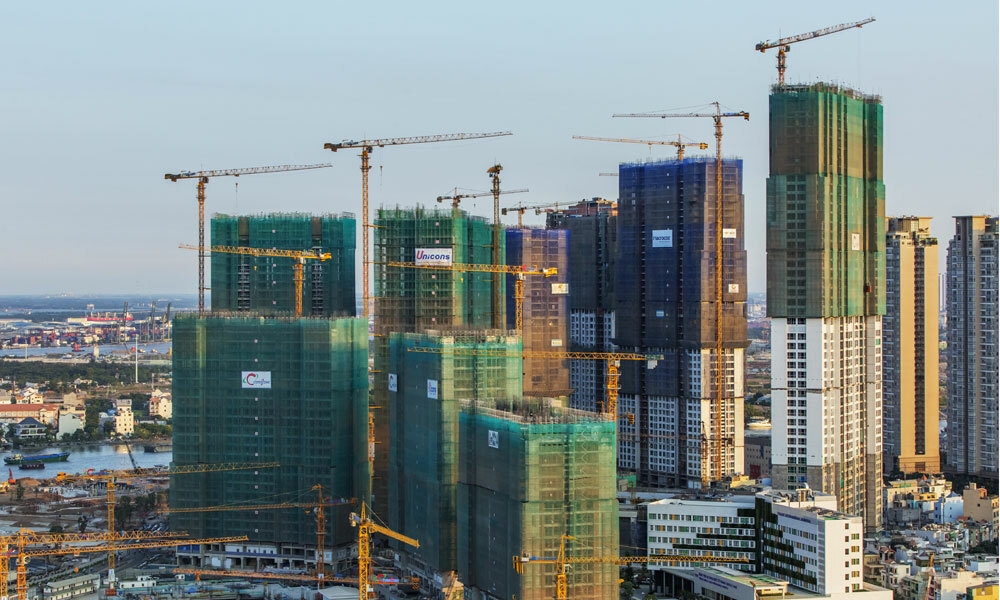
In each decade, prices typically rise strongly in the first 2-4 years and then decline in the next 3-5 years, said Tran Khanh Quang, CEO of HCMC-based real estate firm Viet An Hoa.
The remaining years, prices stay flat as the market waits for a recovery, said Quang, a market observer for 22 years.
Prices in the central business districts often initiate the increase by starting slowly, which then leads to prices in the suburb rising fast and later, neighboring provinces, he added.
In the last three years, real estate prices have heated to where transaction prices surpassing units’ value, Quang said.
Echoing him, Huynh Phuoc Nghia, deputy head of International Business at the University of Economics HCMC, said that land prices have doubled in the 2016-2018 period and surged 4-10 times from 2009-2019.
The rising prices have lowered the chance for local residents to own property. They can also end up hindering the development of the manufacturing sector and increase the costs of goods and services, he added.
Saigon apartment prices surged 11.8 percent year-on-year as of Q3, compared to 3.9 percent in Hanoi, according to a report by real estate trading site Batdongsan.com.vn.
An average apartment price in Saigon in Q3 was listed at VND37 million ($1,595), 27.6 percent higher than Hanoi at VND29 million ($1,250), it added.
According to the city Department of Statistics, Saigon’s base population at the end of 2018 was 8.85 million people.

















